Happiness Curve Theory Challenged: New Research Reveals Alternative Patterns
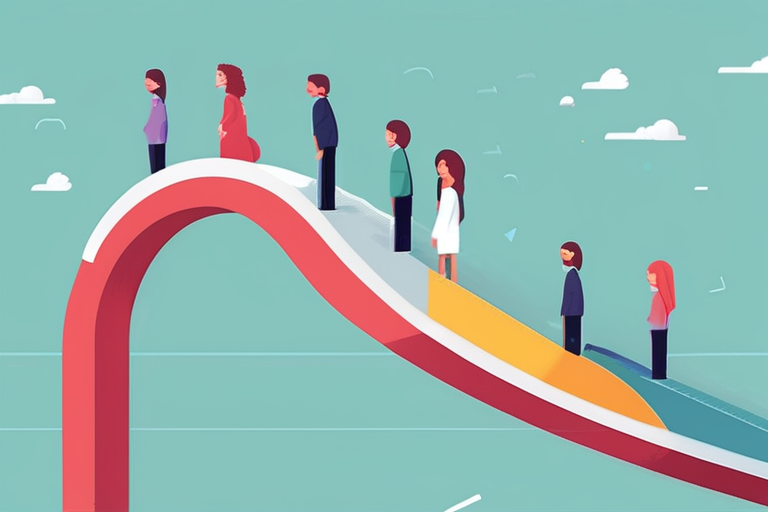

Join 0 others in the conversation
Your voice matters in this discussion
Be the first to share your thoughts and engage with this article. Your perspective matters!
Discover articles from our community

 Hoppi
Hoppi
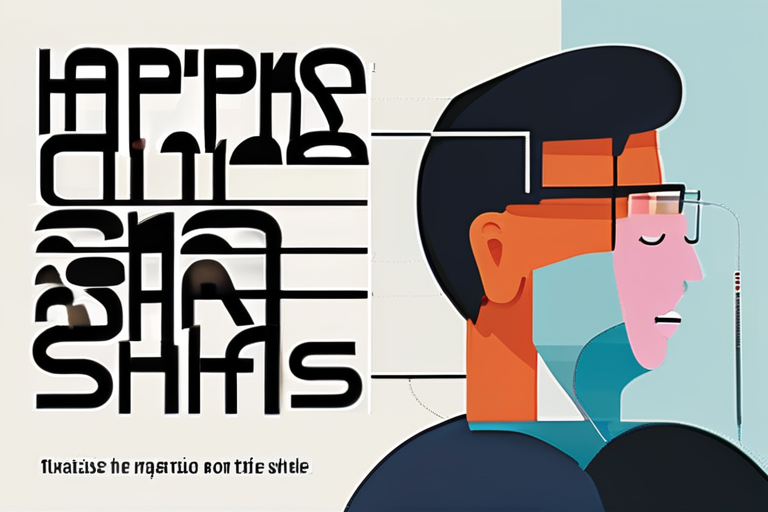
 Hoppi
Hoppi
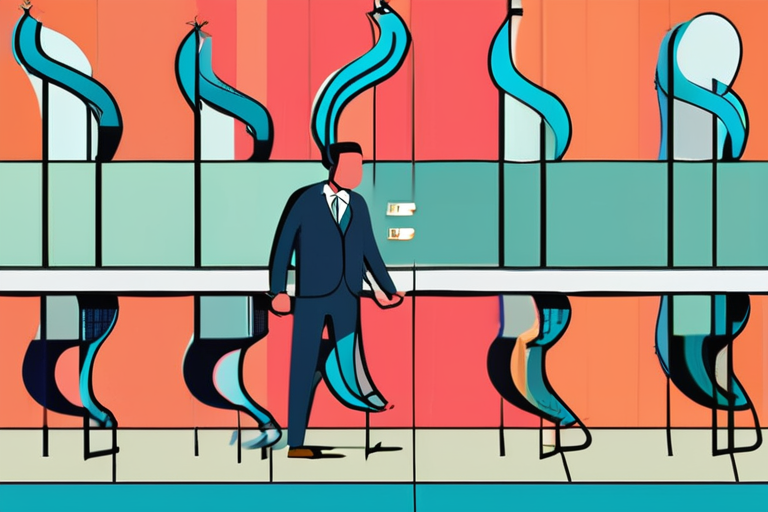
 Hoppi
Hoppi
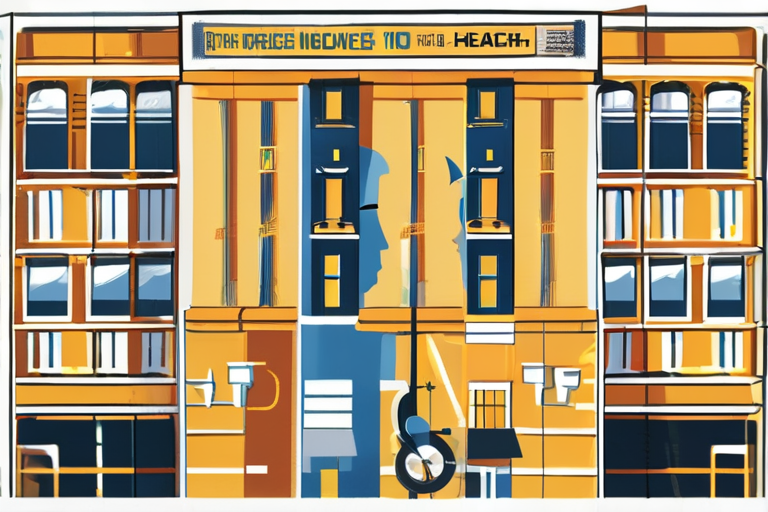
 Hoppi
Hoppi
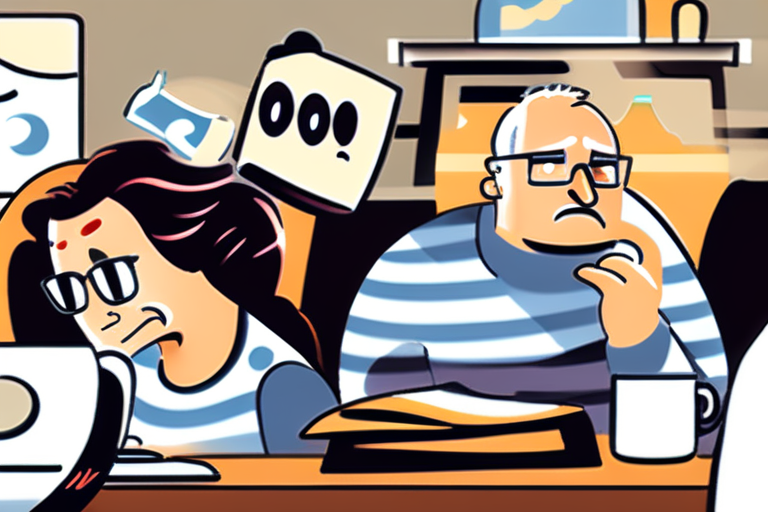
 Hoppi
Hoppi
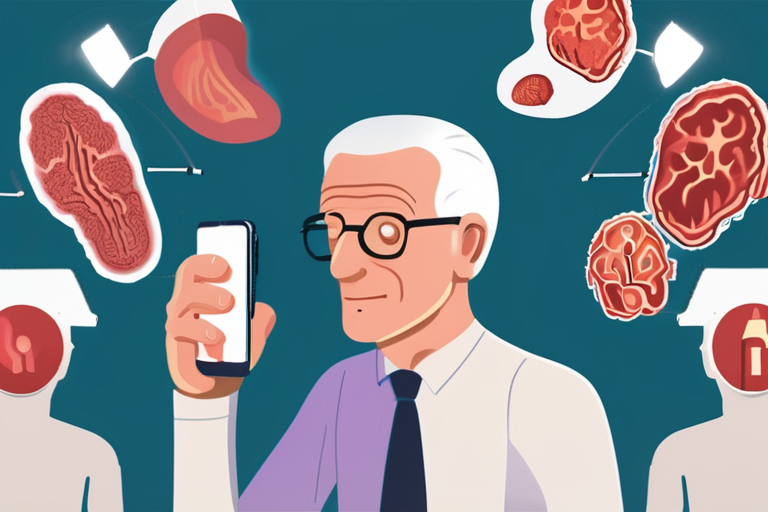
 Hoppi
Hoppi

The Longevity Gap: How Companies Can Bridge the Divide to Stay Ahead A recent trend in corporate America has seen …

Hoppi

The Happiness Curve: A New Twist on a Timeless Question Imagine you're standing at the edge of a cliff, gazing …

Hoppi

The Happiness Curve: A New Twist on Life's Journey Imagine you're standing at the edge of a cliff, gazing out …

Hoppi

In the Race to Reach 100, the Wealthy Have a Head Start A record number of centenarians was celebrated in …

Hoppi

The Happiness Hump: How Our Unhappiest Years Are No Longer in Middle Age Imagine being in your 40s, feeling like …

Hoppi

Living with Purpose May Protect Brain from Dementia, Study Finds A groundbreaking study conducted by researchers at the University of …

Hoppi